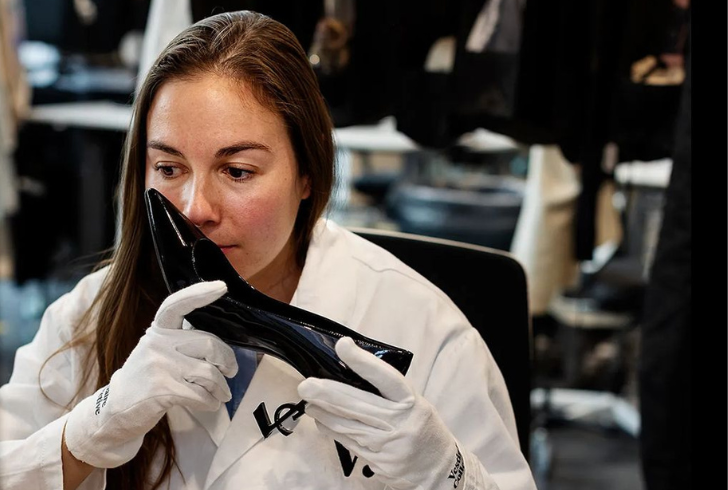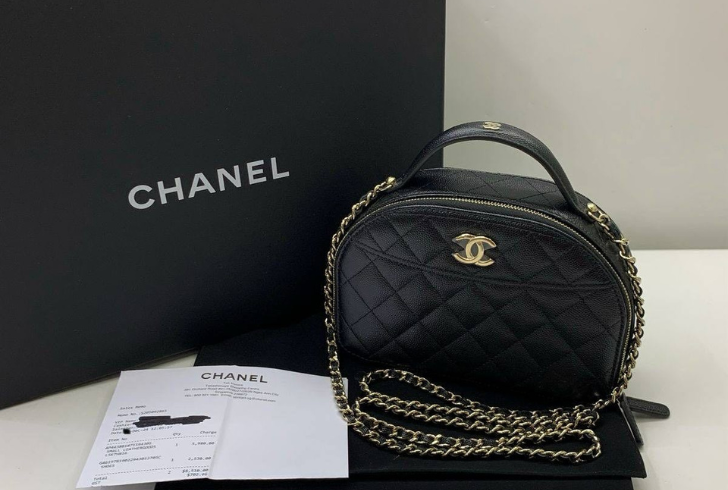How Luxury Counterfeiters Are Outsmarting the Fashion Industry
Luxury isn’t what it used to be. For every $10,000 Hermès handbag in a glass boutique case, there’s a counterfeit version out in the wild—so convincing even trained eyes second-guess. With designer knockoffs evolving faster than ever, marketplaces are walking a tightrope: filtering fakes while keeping shoppers engaged. But the bigger question? Do shoppers actually care if it’s real?
The Art of Authentication
Inside a former textile mill in Tourcoing, France, rows of authentication experts sift through thousands of designer items. At Vestiaire Collective’s largest verification center, staffers like Mélissa B. inspect every inch of high-end items—bags, jackets, heels—for signs of forgery.
It’s hands-on, meticulous work that involves:
– Checking hardware finishes like palladium
– Analyzing thread stitching for consistency
– Identifying in-house Hermès zippers by their H-stoppers
– Using UV lights to verify documentation
Even scent plays a role. One deep sniff of sweet leather can make or break a sale.

Instagram | businessweek | Mélissa B. and other Vestiaire Collective staffers thoroughly inspect high-end items for counterfeits.
Still, this level of scrutiny barely keeps up. The counterfeiters behind “superfakes” are operating with the same materials, sometimes even sourced from the same suppliers as the original manufacturers.
Counterfeiters Are Growing Smarter (And Richer)
The global counterfeit market is valued at $467 billion. That figure includes a rising tide of high-quality fakes, not the low-effort knockoffs found in tourist markets. US Customs seized $4.2 billion worth of fake goods in just one year, and that’s only what was caught. Watches, bags, wallets, and jewelry made up the bulk.
These counterfeiters aren’t amateurs. They’re organized, tech-savvy, and aware of every authentication trick in the book. And it’s showing. In 2021, Vestiaire rejected just under a third of items due to authenticity issues. Today, that figure is over 50%.
Luxury’s Uneasy Dance With Resale
Labels like Hermès, Chanel, and Louis Vuitton were once staunchly against secondhand retail. Now, with pressure mounting from eco-conscious buyers and record price hikes—handbags alone have gone up over 50% since 2019—they’re starting to rethink.
– Vestiaire partnered with brands like Alexander McQueen and Mulberry
– Kering Group, which owns Gucci and Saint Laurent, acquired 5% of Vestiaire
– Vinted introduced a luxury resale category in 2023
But the luxury houses remain cautious. Legal language in the resale world reflects that. Instead of calling items “authentic,” companies say “authenticated” or “verified,” focusing on the process, not the product.
Training the Eyes That Catch the Fakes
At Vestiaire, every new hire goes through a deep-dive 750-hour training program. Recruits study leather types, learn to use UV tools and specialize in specific categories like shoes or jewelry.
Once trained, these experts handle ultra-high-end listings—think €125,000 Hermès Himalaya bags or rare Cartier watches. Items above €1,000 or those requiring buyer verification go straight to the authentication desks.
And sometimes, they become case studies. Sellers rarely reclaim their fake items after they’re rejected, giving Vestiaire a growing archive of counterfeit data. That information is shared with luxury brands—often confidentially—helping them keep up.
New Tech vs. Old Tricks

Instagram | prelovedbyyindah_ | Chanel has digitized authentication, replacing plastic cards with microchips.
Authentication is going digital. Chanel swapped out its plastic authenticity cards for embedded microchips. The European Union introduced Digital Product Passports to track goods across fashion, furniture, and tech.
Meanwhile, the Aura Blockchain Consortium—founded by LVMH, Richemont, Prada Group, and OTB—has issued over 50 million digital IDs. Buyers of Prada jewelry can now scan a card to check sourcing, ownership, and craftsmanship in seconds.
But technology alone can’t fix the deeper issue.
What If Authenticity No Longer Matters?
With prices soaring and quality concerns growing—uneven stitching, fading hardware—many shoppers are shifting priorities. Accessibility now trumps exclusivity. According to industry sources, one in three US adults has knowingly purchased counterfeit goods. The once-taboo world of fakes has gone mainstream.
Products like the $78 “Wirkin” bag—a fake Birkin sold at Walmart—sell out in days. Social media glamorizes dupes, while younger shoppers shrug off the prestige of a real label.
When counterfeiters are producing near-identical items, and when the branding no longer guarantees flawless craftsmanship, the real crisis might not be fake products—it’s that the idea of authenticity is losing its value.
The Future of Luxury Hinges on Trust
Luxury brands are facing a shift they can’t afford to ignore. Counterfeiters have closed the gap in quality, speed, and sophistication. If buyers stop caring about what’s real, high-end brands lose the leverage to charge sky-high premiums.
In this evolving resale economy, authenticity isn’t just a detail—it’s the foundation of the entire business model. Whether through blockchain, microchips, or meticulous inspection, the fight against fakes isn’t just about brand protection. It’s about preserving the idea that true luxury still means something.